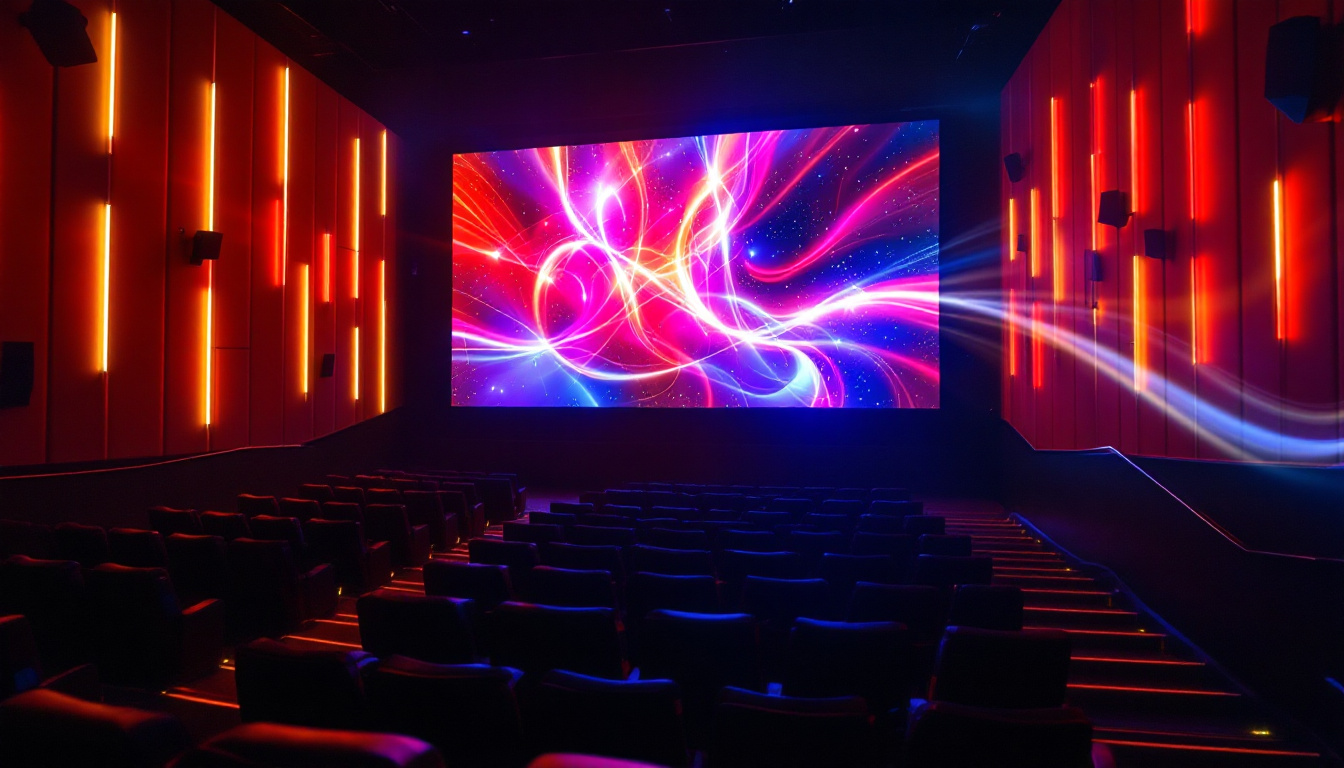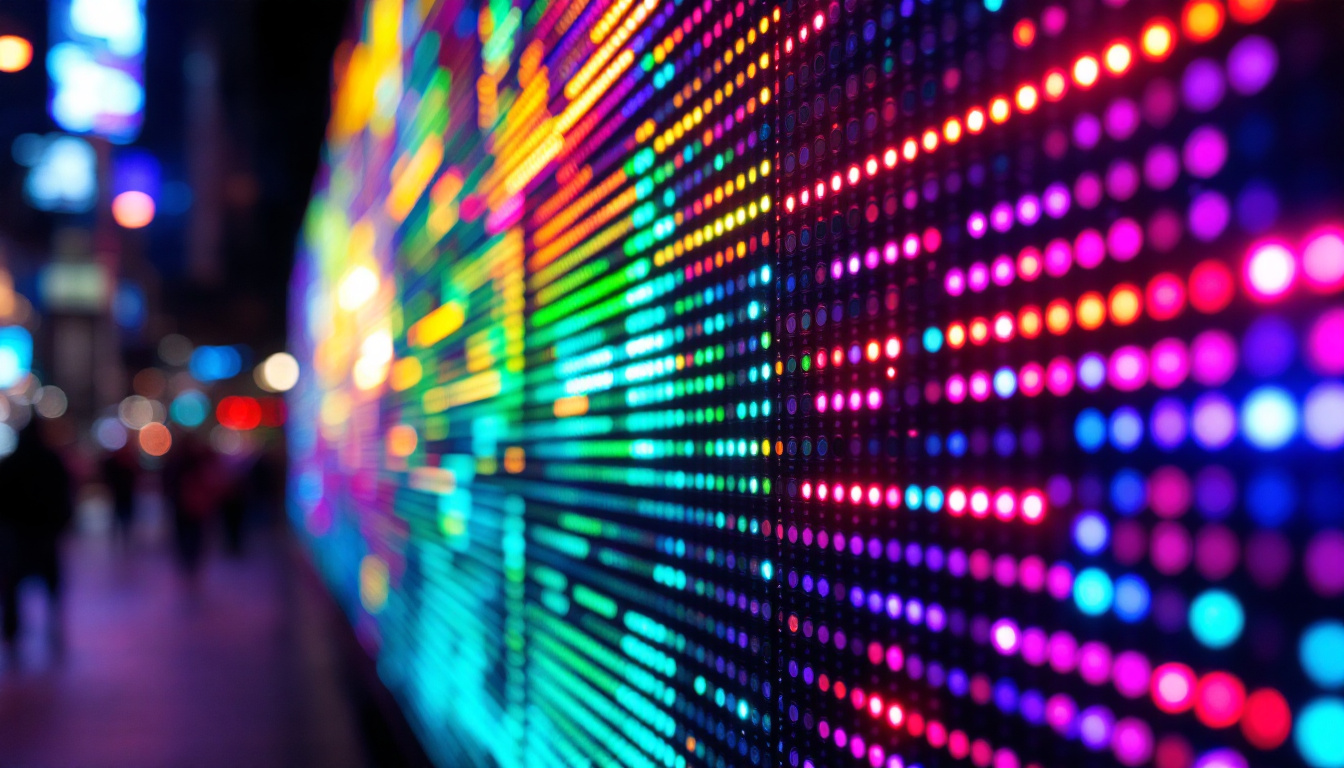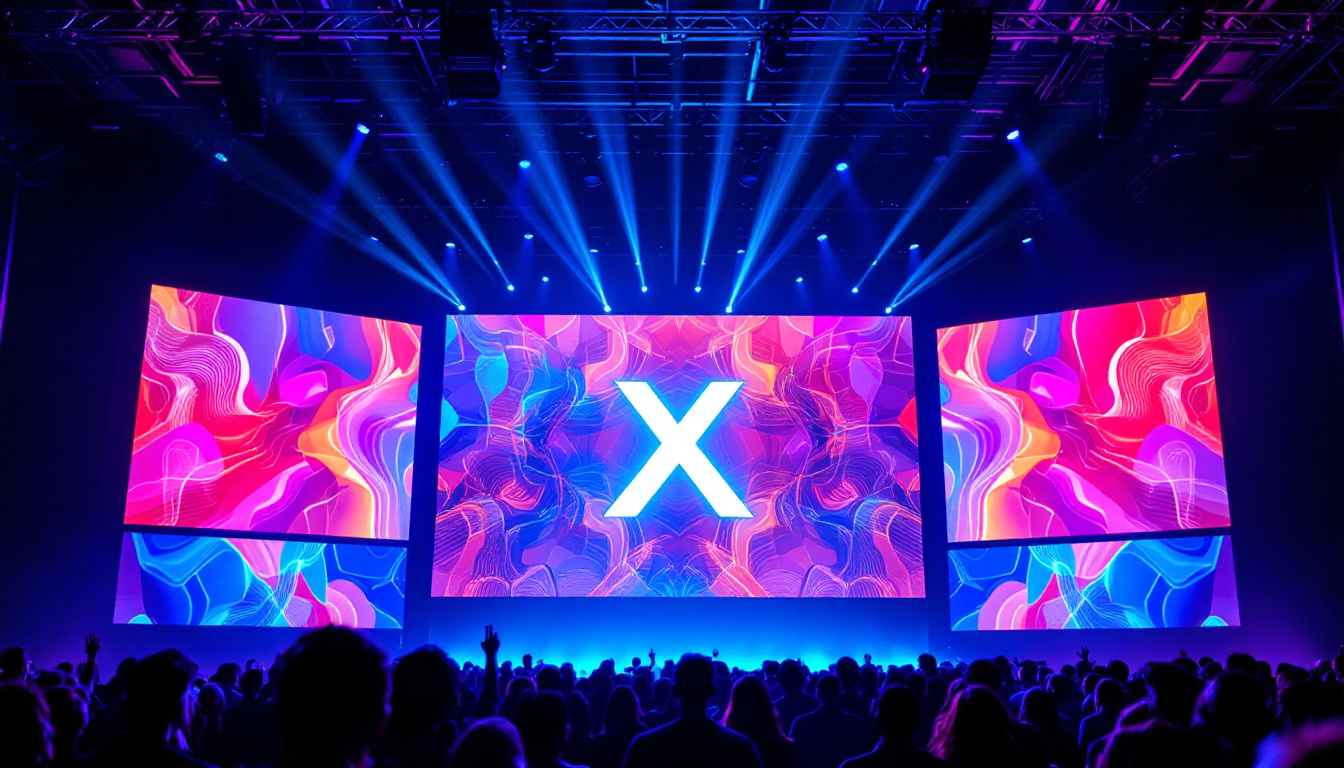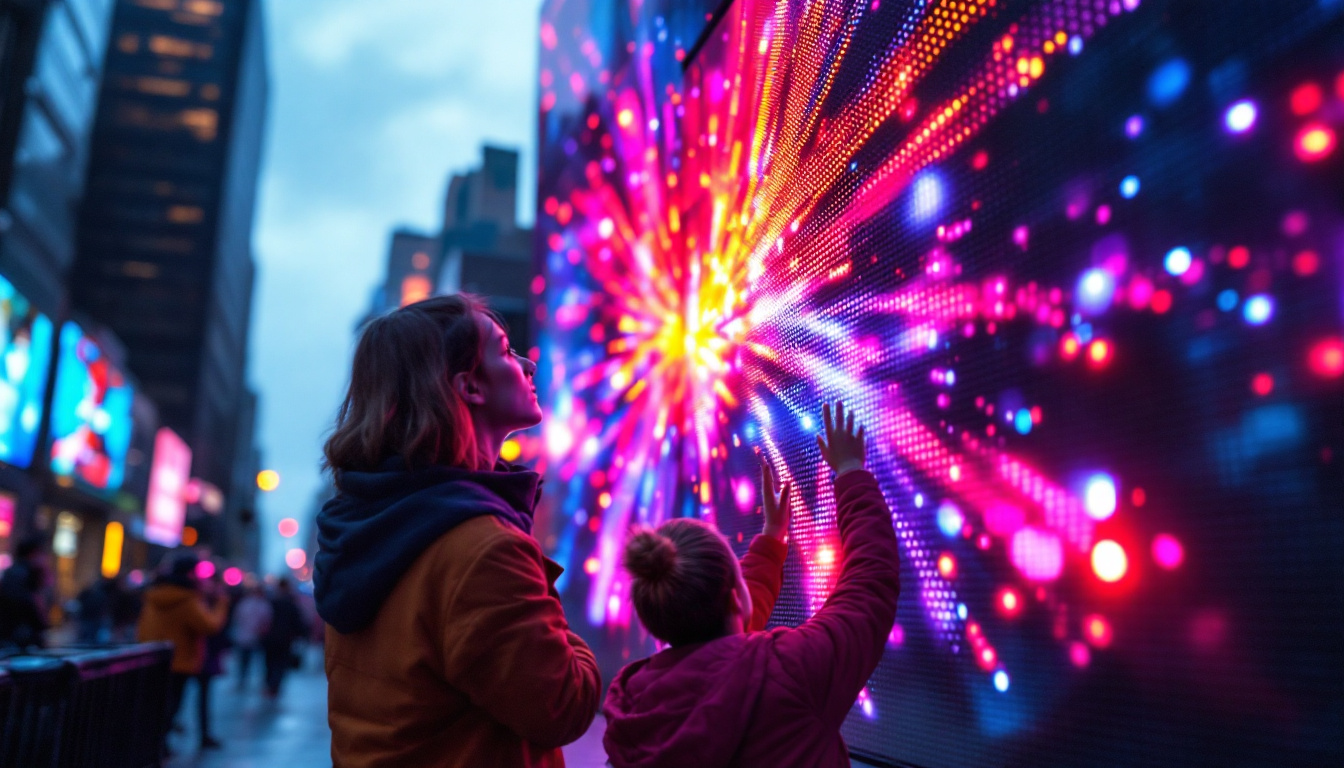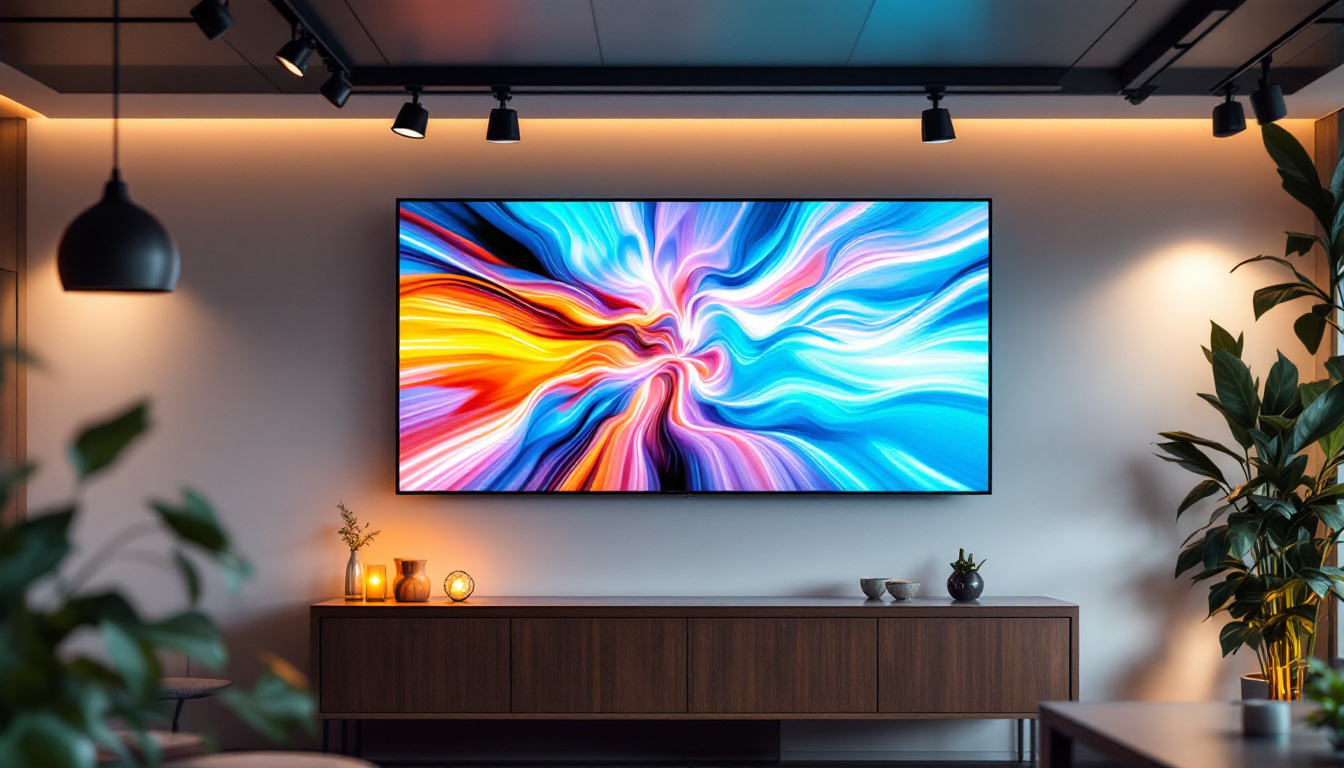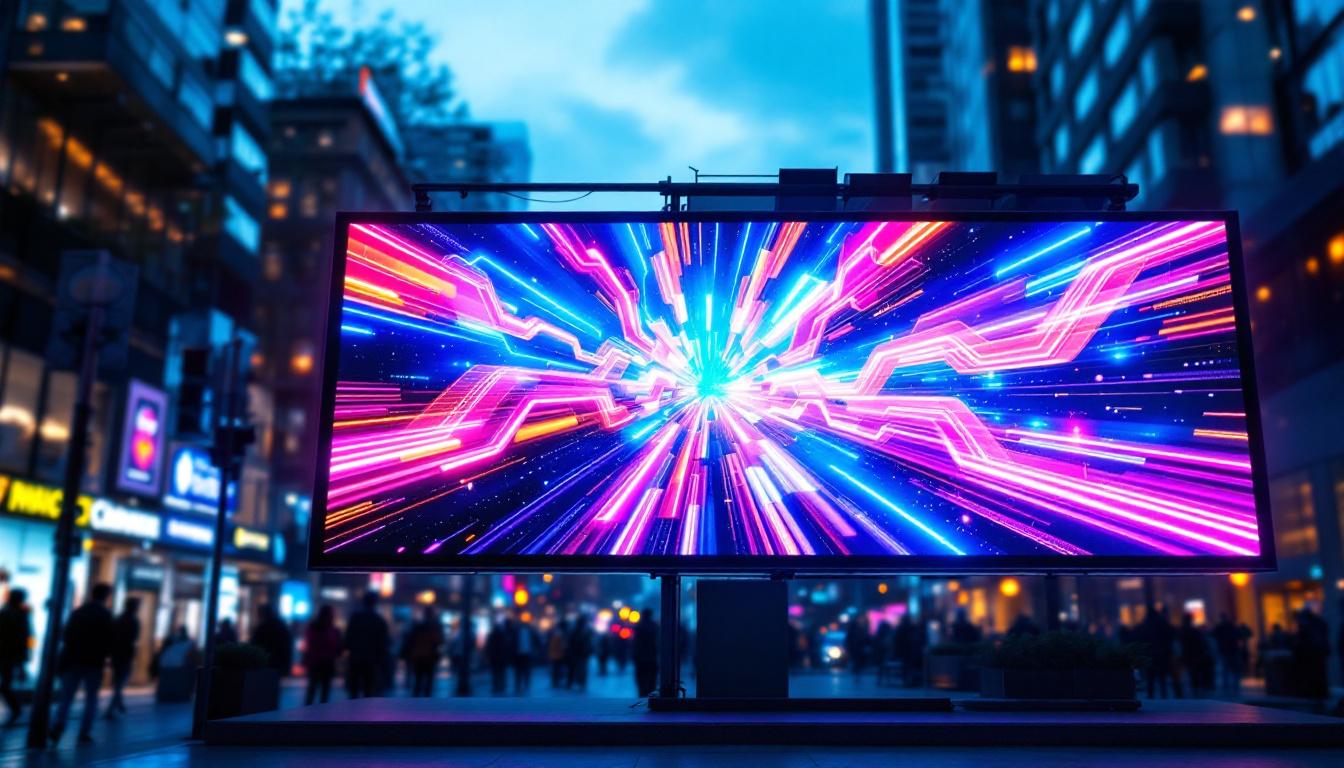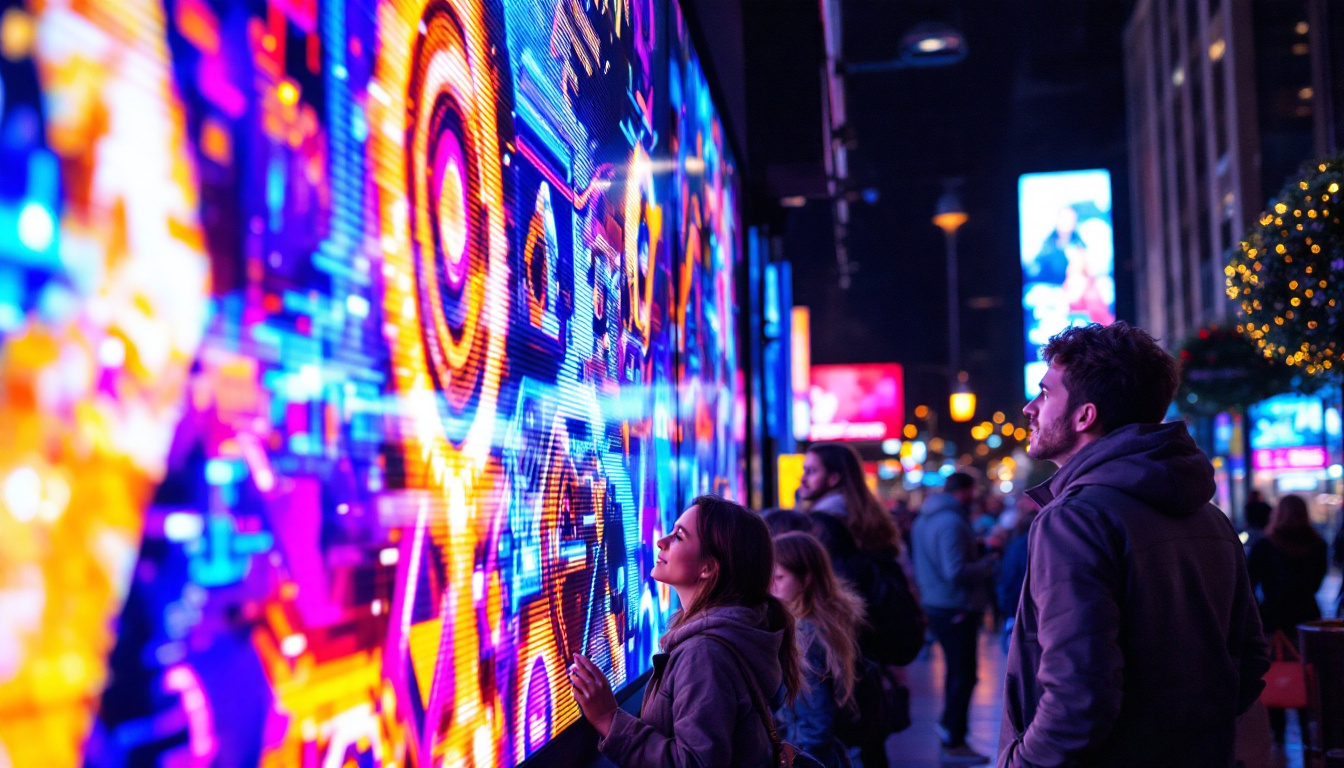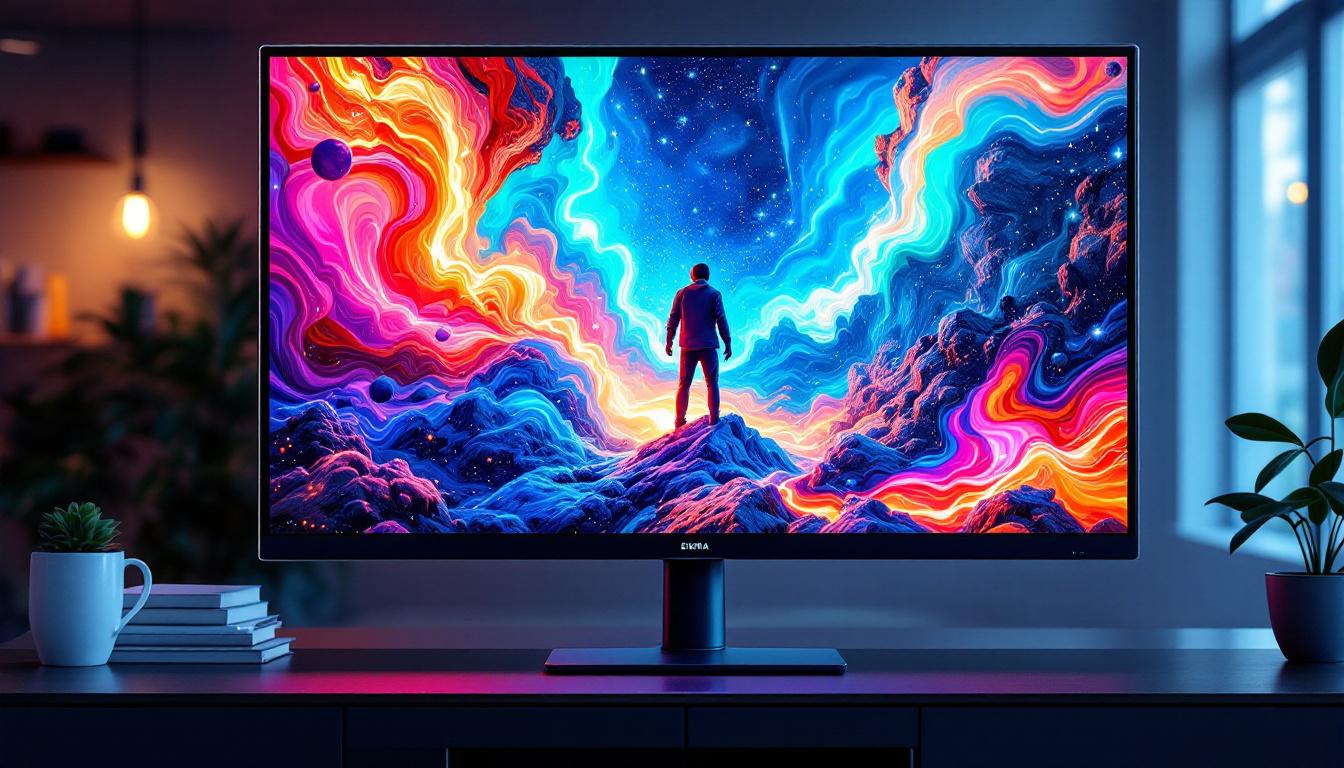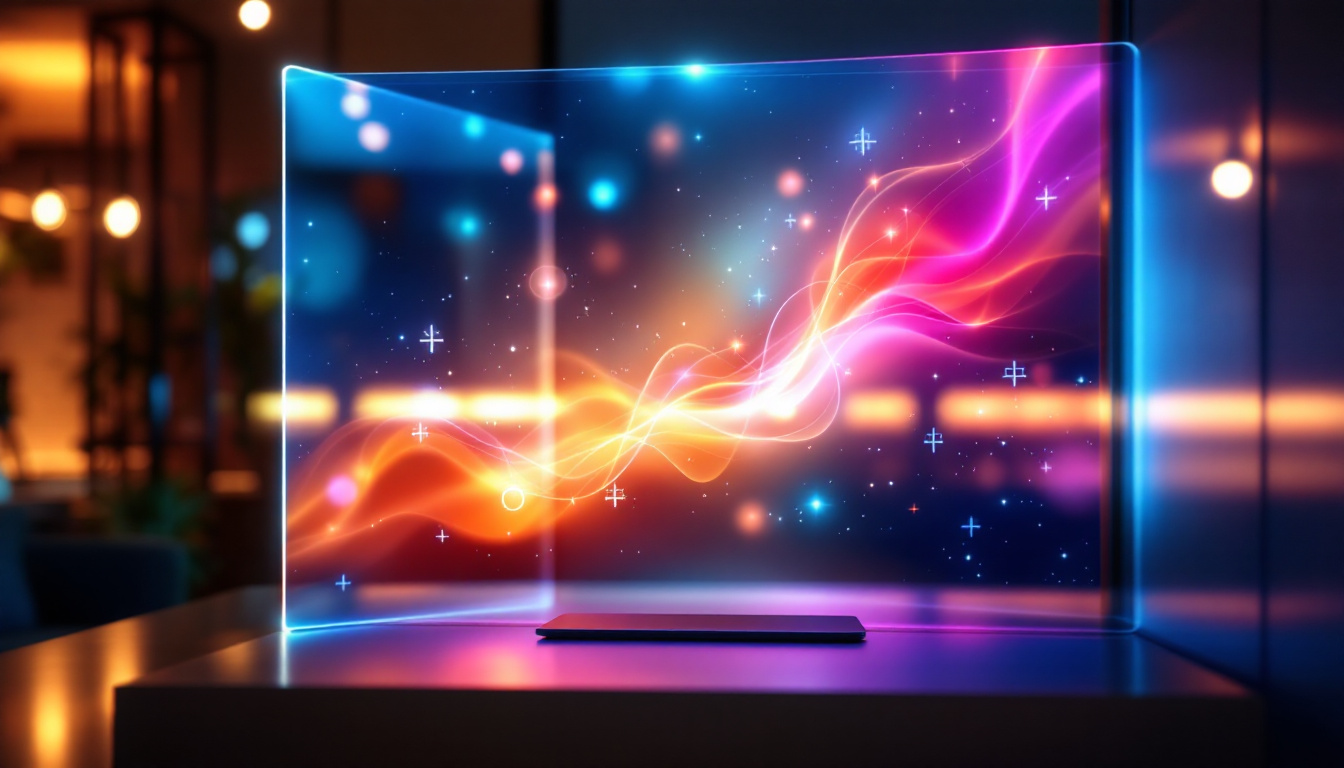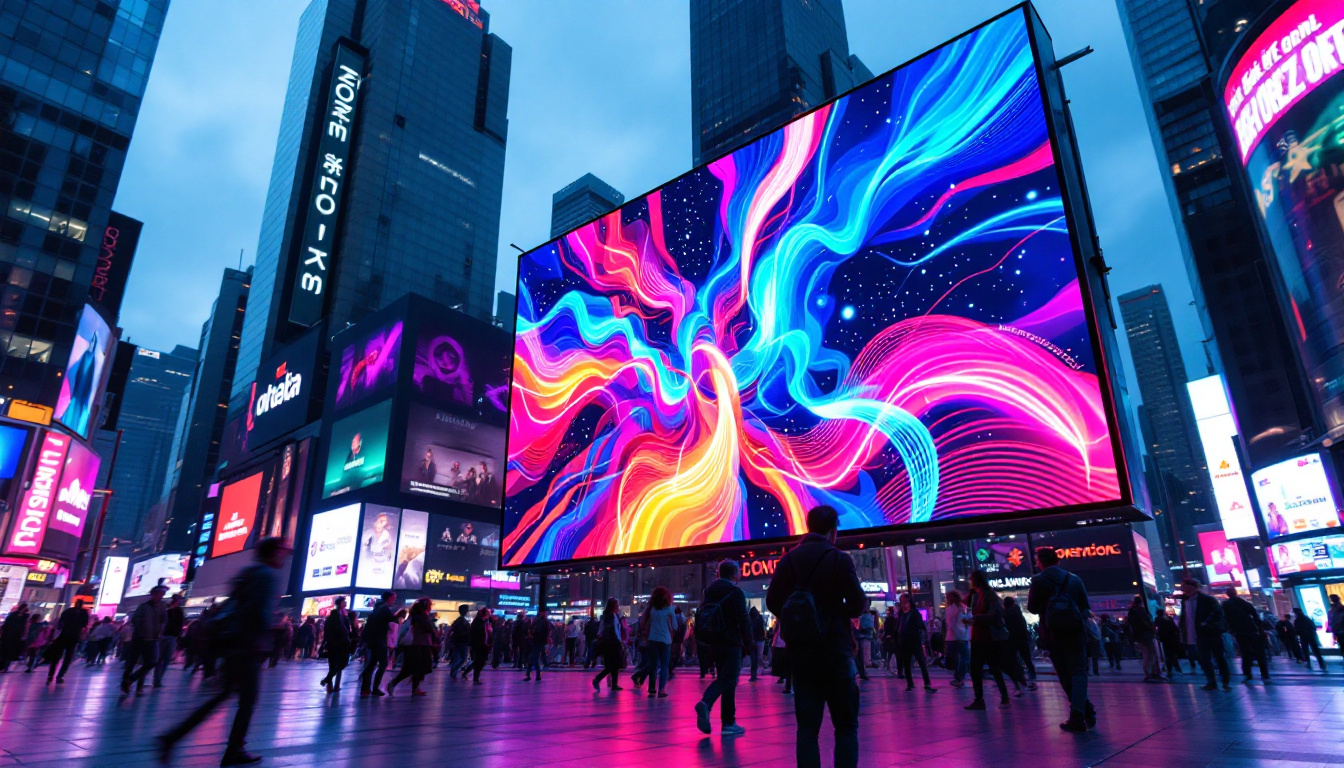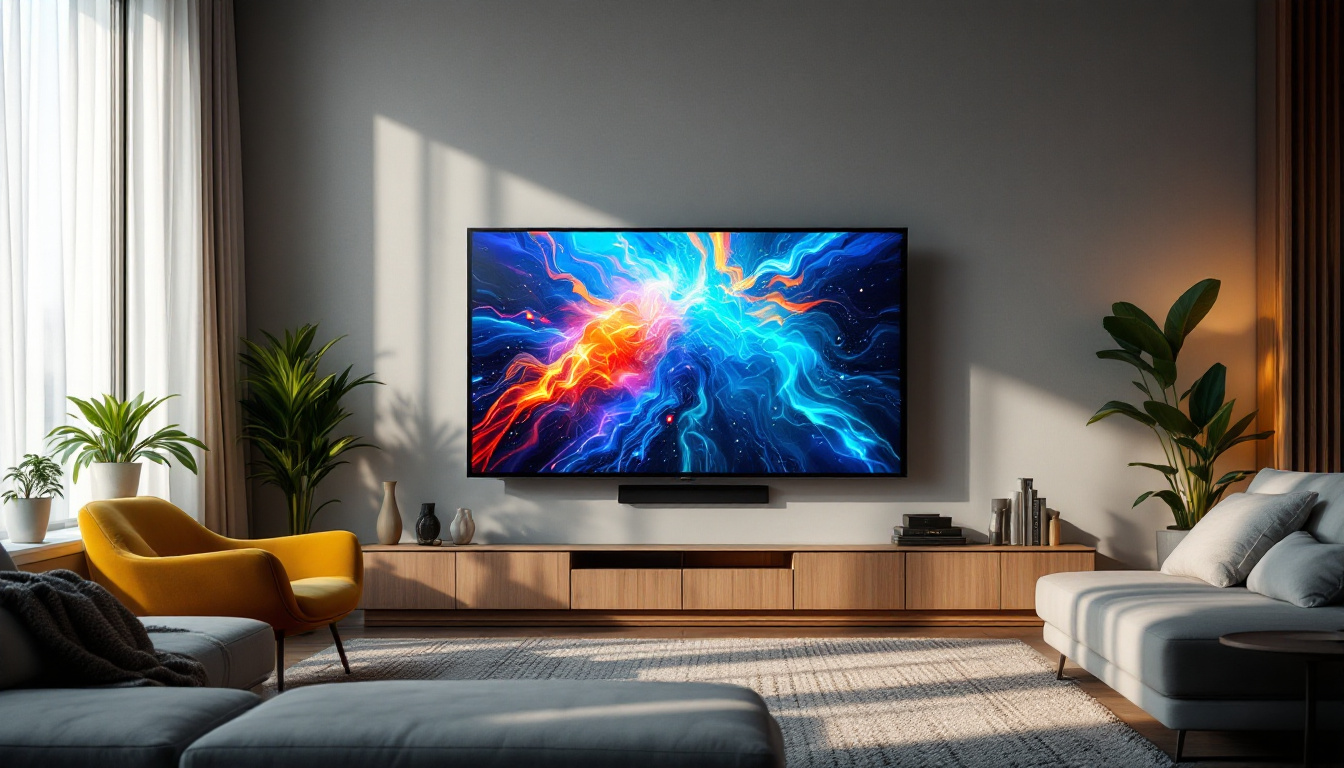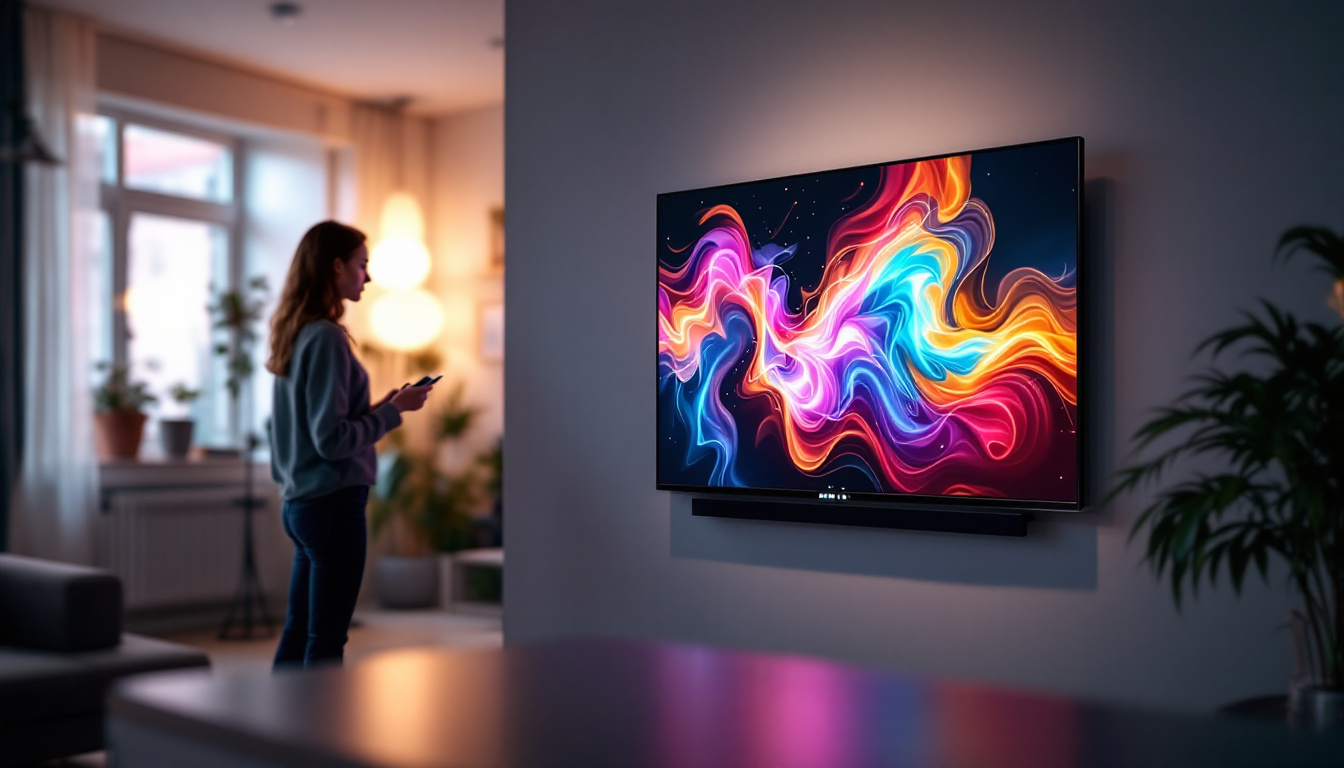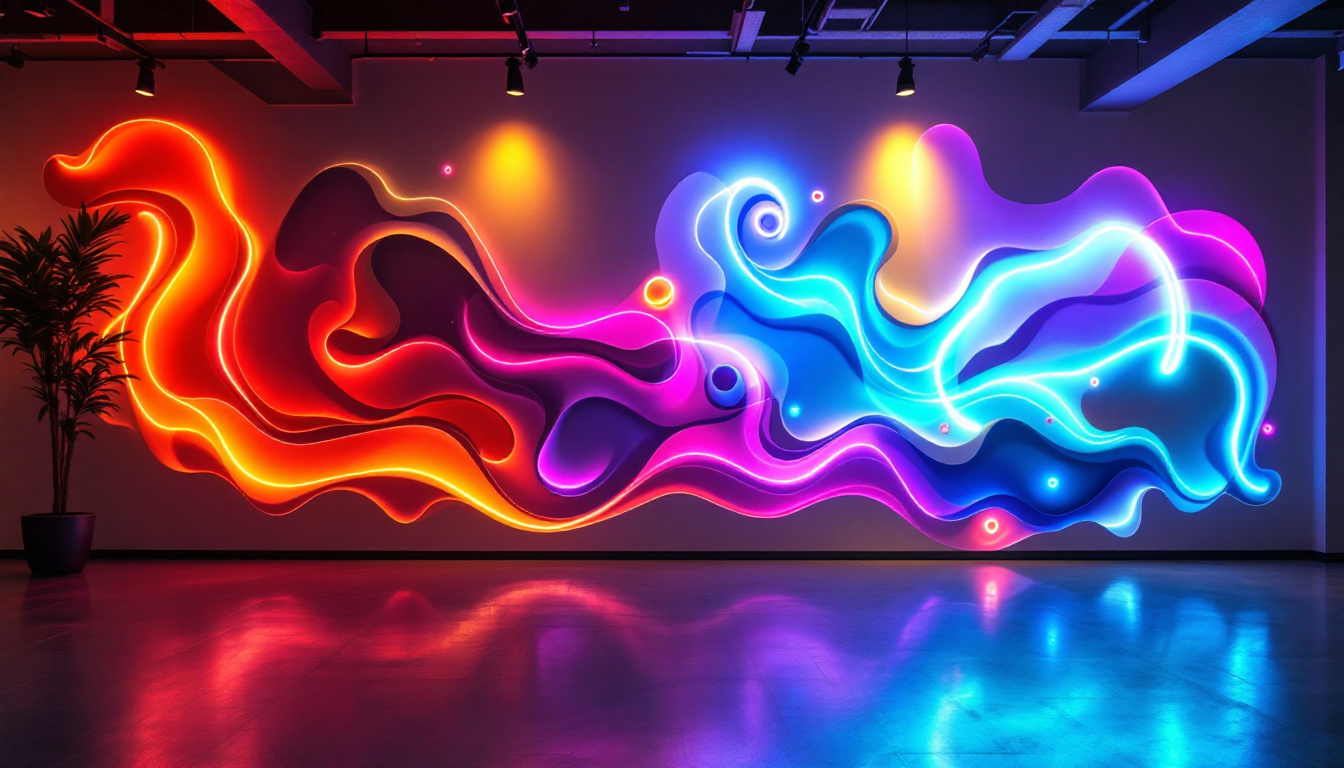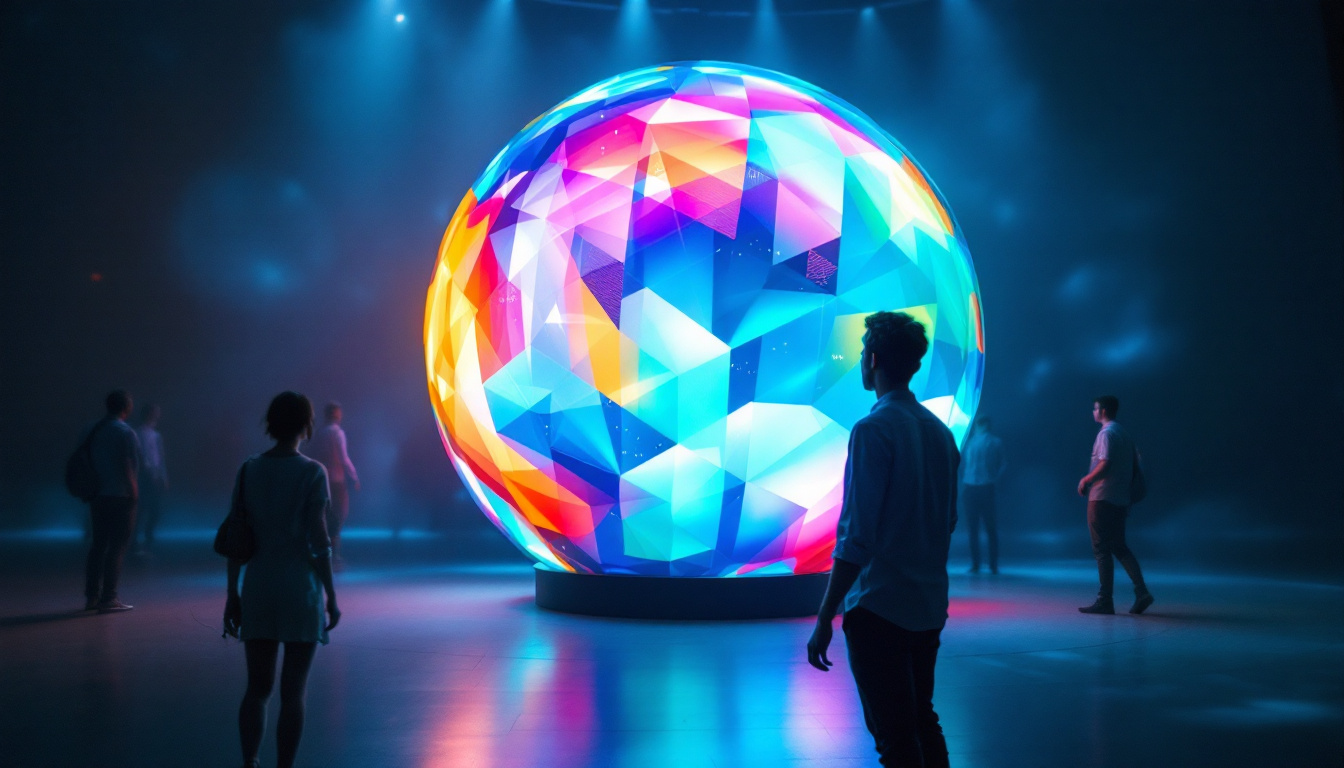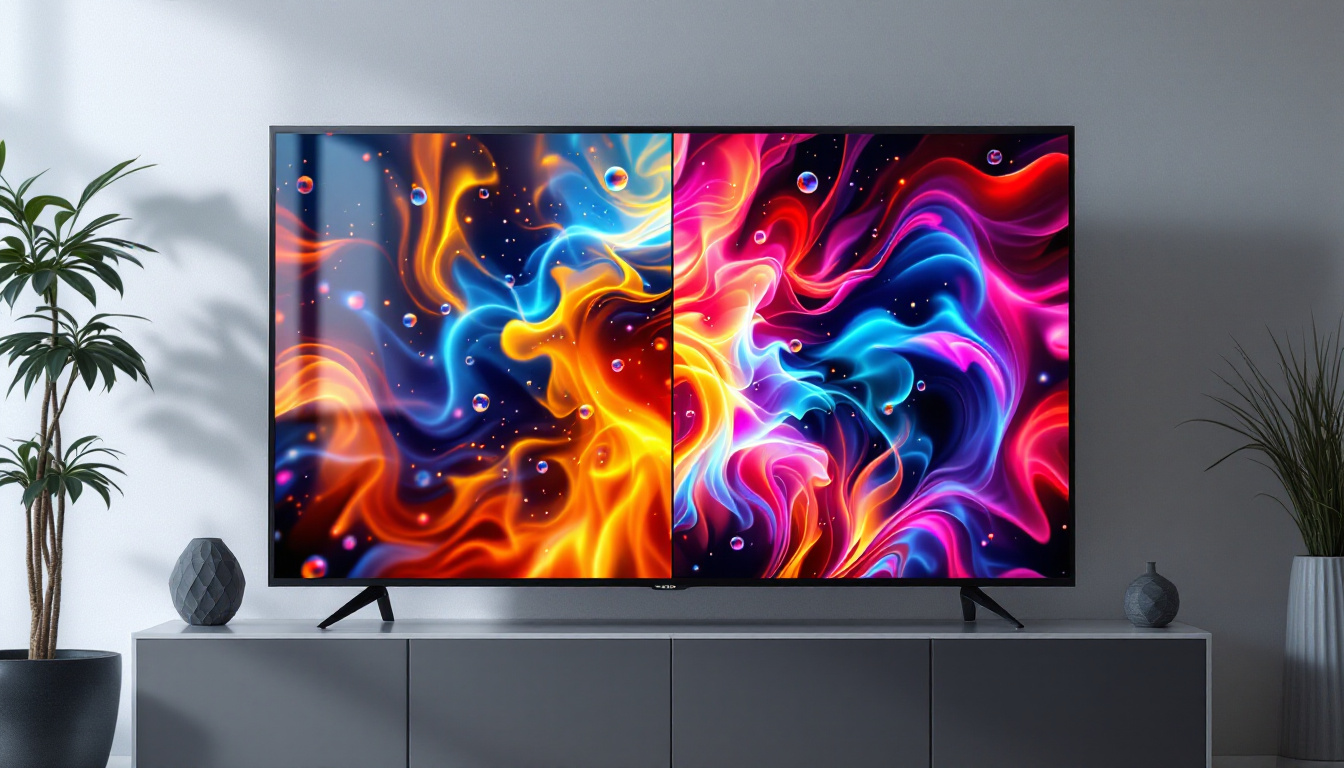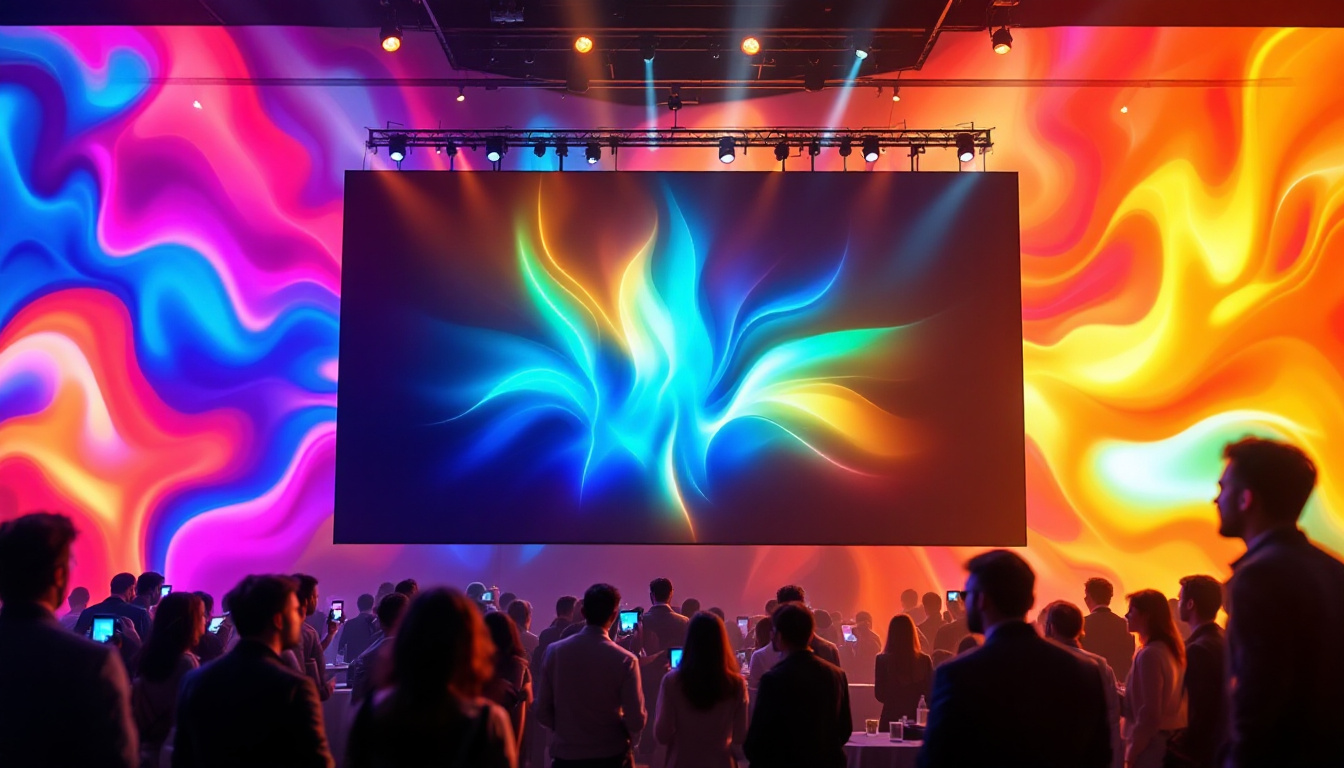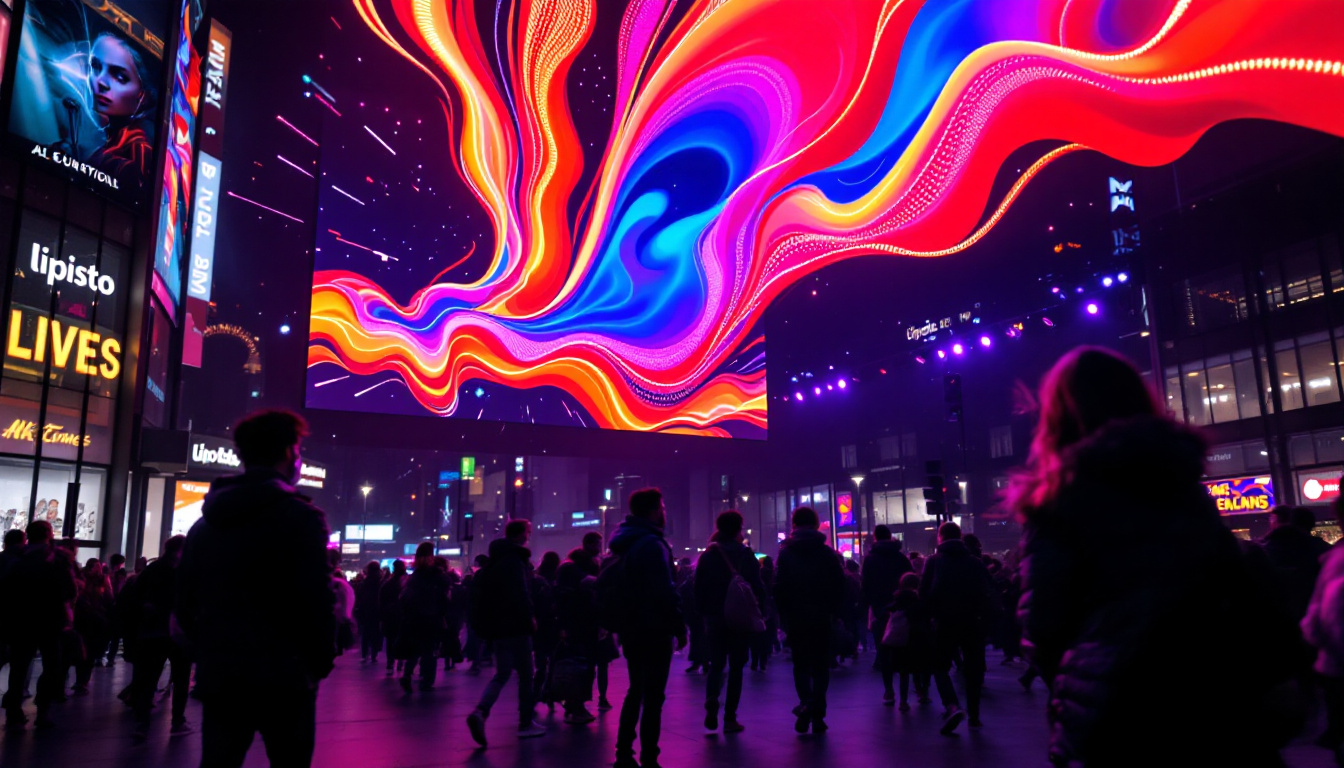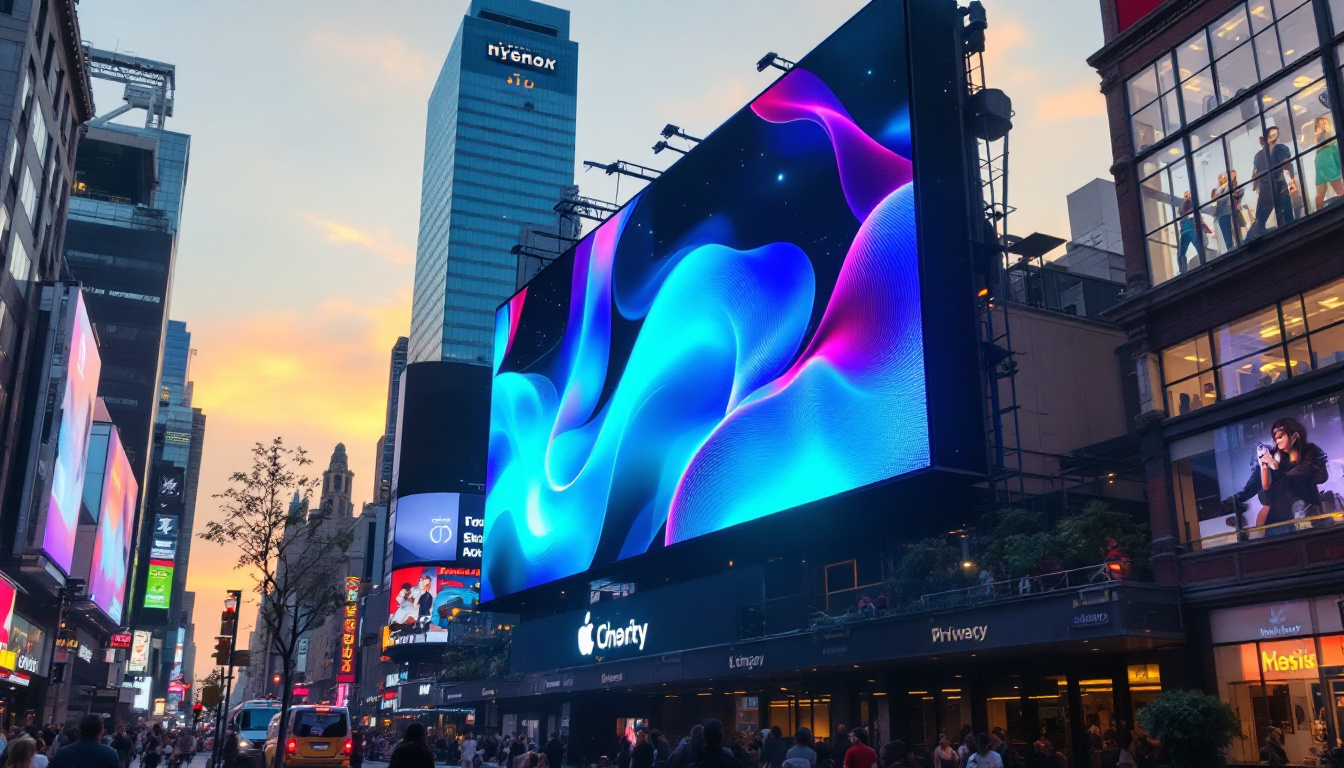In recent years, movie theaters have undergone significant transformations, enhancing the viewing experience through advanced technologies. One of the most notable advancements is the adoption of LED displays. This article explores the implications of LED technology in movie theaters, particularly in Hillsboro, and how it is reshaping the cinematic experience.
The Rise of LED Technology in Cinemas
LED technology has emerged as a game-changer in the film industry, providing theaters with a new way to present films with exceptional clarity and vibrancy. Unlike traditional projection systems, which rely on lamps and screens, LED displays utilize thousands of tiny light-emitting diodes to create images. This shift has led to a more immersive experience for moviegoers.
Benefits of LED Displays
One of the primary advantages of LED displays is their superior brightness. This allows for clearer images, even in well-lit environments. The vibrant colors produced by LED technology also enhance the visual appeal of films, making every scene pop. Furthermore, LED displays have a wider color gamut, which means they can reproduce a broader spectrum of colors than traditional projectors.
Another significant benefit is the energy efficiency of LED technology. Compared to conventional projection systems, LEDs consume less power, which can lead to reduced operational costs for theaters. This eco-friendliness aligns with the growing trend of sustainability in the entertainment industry.
Durability and Longevity
LED displays are designed to last significantly longer than traditional projection systems. While projectors may require frequent bulb replacements, LED screens can operate for tens of thousands of hours without losing brightness or quality. This durability reduces maintenance costs and ensures that theaters can consistently deliver high-quality presentations.
In addition to their impressive lifespan, LED displays are also less susceptible to environmental factors that can affect performance. For instance, they are not as sensitive to temperature fluctuations or humidity levels, which can often impact the functionality of traditional projectors. This resilience makes LED technology an ideal choice for various cinema environments, from urban multiplexes to remote outdoor screenings. Moreover, the modular design of LED panels allows for easy repairs and upgrades, ensuring that theaters can keep pace with technological advancements without needing to overhaul their entire system.
As the film industry continues to evolve, the integration of LED technology is paving the way for innovative cinematic experiences. The ability to create dynamic visual effects and even interactive experiences through LED installations is becoming increasingly popular. Some theaters are experimenting with immersive formats that blend film with augmented reality, enhancing storytelling in ways previously unimaginable. This trend not only captivates audiences but also encourages filmmakers to push creative boundaries, knowing that the technology can support their artistic visions.
The Impact on Movie Theaters in Hillsboro
Hillsboro, a vibrant community with a rich cultural scene, has embraced the shift towards LED technology in its movie theaters. Local cinemas have begun investing in LED displays to enhance the viewing experience, attracting more audiences and improving customer satisfaction.
Local Cinemas Adopting LED Technology
Several movie theaters in Hillsboro have made the transition to LED displays, recognizing the competitive advantage it provides. These theaters not only enhance the visual experience but also create a more inviting atmosphere for patrons. The bright, crisp images draw in audiences, making them more likely to return for future screenings.
Moreover, theaters that adopt LED technology often showcase a wider variety of films, including independent and foreign films, which can benefit from the enhanced visual quality. This diversification enriches the local film culture and provides audiences with more options. The ability to present films in stunning detail allows filmmakers to convey their artistic vision more effectively, encouraging local filmmakers to screen their works in these theaters, thus fostering a creative community.
Community Engagement and Events
LED displays are not just limited to movie screenings; they also serve as a platform for community engagement. Hillsboro theaters can utilize these screens for special events, such as film festivals, live broadcasts, and community gatherings. This versatility allows theaters to connect with the community on a deeper level, fostering a sense of belonging and shared experience.
In addition to film festivals, local theaters are increasingly hosting educational workshops and Q&A sessions with filmmakers, which provide audiences with unique insights into the filmmaking process. These events not only enhance the cultural fabric of Hillsboro but also encourage dialogue around important social issues presented in films. By creating a space where community members can engage with filmmakers and each other, these theaters become more than just places to watch movies; they transform into hubs of creativity and conversation, enriching the community’s cultural landscape.
Technical Aspects of LED Displays
Understanding the technical aspects of LED displays can help moviegoers appreciate the technology behind their cinematic experience. These displays consist of millions of tiny pixels that can be individually controlled, allowing for precise color and brightness adjustments. This level of control not only enhances the visual experience but also allows for a wider color gamut, enabling filmmakers to present their artistic vision more accurately.
Resolution and Image Quality
One of the key factors in the performance of LED displays is resolution. Higher resolution means more pixels, which translates to sharper images. Many theaters in Hillsboro are now investing in 4K LED displays, providing audiences with stunning detail and clarity that enhances the storytelling of films. The transition from standard HD to 4K is particularly significant, as it offers four times the pixel density, allowing viewers to see intricate details that were previously lost in lower resolutions.
Additionally, the refresh rate of LED displays contributes to smoother motion during fast-paced scenes. This is particularly beneficial for action films, where clarity and fluidity are crucial for an engaging viewing experience. A higher refresh rate minimizes motion blur, ensuring that even the most dynamic sequences are rendered with crystal-clear precision. This technology not only captivates the audience but also immerses them in the film’s narrative, making them feel as though they are part of the action.
Installation and Maintenance
Installing an LED display in a movie theater is a complex process that requires careful planning and execution. The layout of the theater, the size of the screen, and the seating arrangement all play a role in determining the optimal installation. Professional technicians must ensure that the display is calibrated correctly to achieve the best possible image quality. This calibration process involves adjusting brightness, contrast, and color settings to suit the specific environment of the theater, which can vary greatly depending on factors such as ambient light and wall color.
Maintenance of LED displays is relatively straightforward compared to traditional projectors. While regular cleaning and occasional software updates are necessary, the longevity of LED technology means that theaters spend less time and resources on upkeep, allowing them to focus more on providing an exceptional customer experience. Furthermore, many modern LED systems come equipped with self-diagnostic features that can alert technicians to potential issues before they become significant problems, ensuring that the displays remain in optimal condition and minimizing downtime.
Moreover, the energy efficiency of LED displays is another technical advantage that theaters are increasingly recognizing. Compared to older projection technologies, LED systems consume significantly less power, which not only reduces operational costs but also aligns with sustainability goals. As theaters strive to create a more environmentally friendly footprint, the adoption of LED technology plays a crucial role in their efforts to reduce energy consumption and lower greenhouse gas emissions.
The Future of Movie Theaters with LED Technology
The future of movie theaters in Hillsboro and beyond is poised for exciting developments as LED technology continues to evolve. As more theaters adopt this technology, audiences can expect even more immersive experiences that push the boundaries of traditional cinema.
Innovations on the Horizon
With advancements in LED technology, theaters may soon see innovations such as flexible displays that can be shaped to fit various environments. This could allow for unique viewing experiences that go beyond the conventional rectangular screen. Additionally, advancements in virtual and augmented reality may integrate with LED displays to create multi-dimensional experiences for moviegoers.
Furthermore, as content creation continues to evolve, filmmakers will likely begin to leverage the capabilities of LED technology to enhance storytelling. This could lead to new genres of films specifically designed for LED viewing, further enriching the cinematic landscape.
Consumer Expectations and Experiences
As audiences become more accustomed to high-quality visuals, their expectations for movie theaters will continue to rise. The adoption of LED displays is not just a trend; it is a response to the demand for superior viewing experiences. Movie theaters that invest in this technology will likely see increased patronage as they meet and exceed consumer expectations.
Moreover, the integration of LED displays into the overall theater experience—such as enhanced sound systems and comfortable seating—will contribute to a more holistic approach to cinema. Theaters that prioritize the customer experience will stand out in a competitive market.
Conclusion
The integration of LED displays in movie theaters represents a significant leap forward in the cinematic experience. For Hillsboro, this technology not only enhances the visual quality of films but also enriches community engagement and cultural offerings. As theaters continue to adopt and innovate with LED technology, audiences can look forward to a future filled with captivating storytelling and immersive experiences.
In summary, the shift towards LED displays is more than just a technological upgrade; it is a transformation that reflects the evolving landscape of the film industry and the changing expectations of moviegoers. As Hillsboro’s theaters embrace this change, they are not only enhancing the way films are presented but also fostering a vibrant community centered around the love of cinema.
Discover the Future of Cinematic Experience with LumenMatrix
Ready to be a part of the LED revolution in cinemas and beyond? LumenMatrix is at the forefront of LED display technology, offering a wide array of solutions that transform movie theaters and various spaces into dynamic visual spectacles. From Indoor and Outdoor LED Wall Displays to innovative LED Sports and Transparent Displays, LumenMatrix is committed to enhancing your brand visibility and audience engagement. Don’t miss the opportunity to create unforgettable visual experiences. Check out LumenMatrix LED Display Solutions today and see the difference cutting-edge technology can make.

